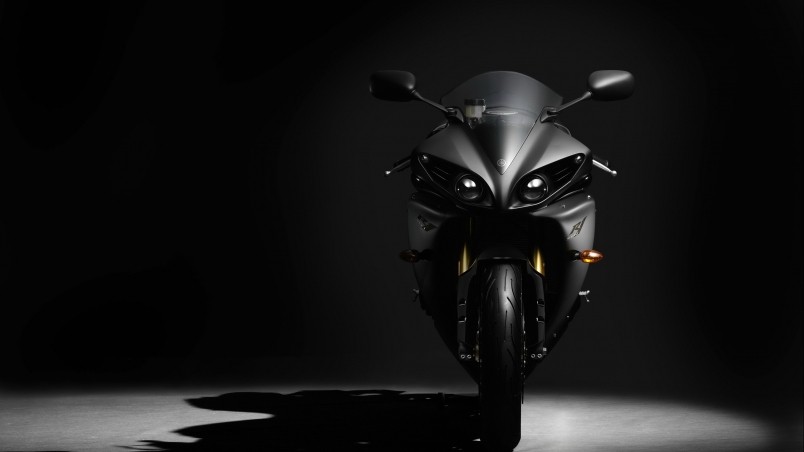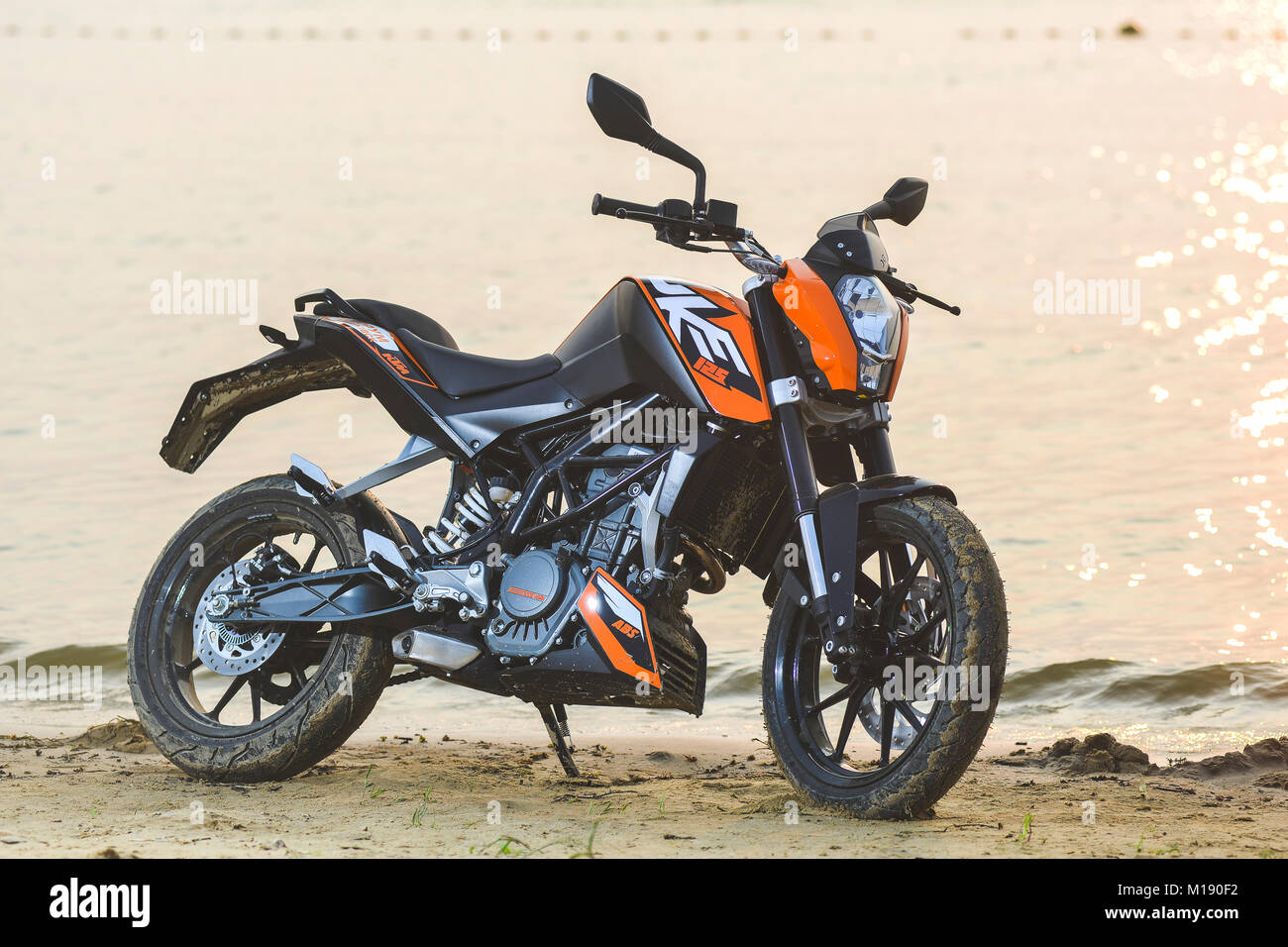

KTM began outfitting motocross models with rear suspensions, front and rear disc brakes, motors and radiators, and water-cooled, four-stroke engines until 1987.

The company’s future looked very promising, with 42 different motorized vehicles since its founding 40 years ago. By 1981, it was already producing water-cooled motocross bikes. They produced their own 125-cc engine in 1976, and established KTM America Inc. KTM began production of the motocross and Enduro bikes in 1973. The company grew from 1971 to 1980 and added new models to its product line. By 1970, KTM stopped relying on Fichtel & Sachs and produced their own engines, along with 250-cc motocross bikes. 1968 saw the introduction of the cross-country Penton Six Days dirt bike to the U.S. The year after, KTM introduced the Comet, which skyrocketed to 10,000 rolls in the next three years. They ceased motorcycle production, introduced scooters and mopeds, and had Erich Trunkenpolz take charge of the company. KTM underwent directional changes between 19. The name also changed to Kronreif & Trunkenpolz Mattighofen, with businessman Ernst Kronreif becoming a sizeable shareholder. Between 19, KTM built the first sports motorcycle, the Trophy 125-cc. The company then released 100 R100 motorcycles, with 20 employees producing three motorcycles a day. All components of the R100 were produced in-house, except for the 98-cc Rotax engines, which were made by Fichtel & Sachs. He introduced the R100, which he later presented to the public in 1953 with the abbreviation KTM. Since many could not afford a car after the war, he developed a lightweight, engine-powered motorcycle. Only the manufacture of spare parts kept him afloat.ĭespite this hardship, Hans thought of the perfect comeback. But soon after, he suffered revenue losses as truck repair orders plummeted. Things were looking good near the end of the war, as he created new jobs and doubled his workforce size. In 1948, Hans began specializing in the production of crankshaft bearings. He employed 35 people and expanded the company to include a drop-forge and foundry. Post-War Crisisįollowing WWII, Hans’ business went back to vehicle repairs because of demand and the war’s impact on spare parts. His workshop continued to prosper until he had to leave the business for military service in 1943. His hard work resulted in the takeover of DKW, the world’s largest motorcycle manufacturer at the time. He earned his master craftsman’s certificates as a machinist and motor mechanic. KTM dates back to 1934 when Johann (Hans) Trunkenpolz opened a car workshop in Zum Schwarzen Adler in Mattighofen, Austria. Other types of German companies use the term anteile instead of aktien. While the word aktien means shares, the use of this term in German is restricted to aktiengesellschaften. Similar terms in other countries include PLC in the United Kingdom and incorporated or corporation in the United States. It is also used in Luxembourg (as aktiëgesellschaft), although the country more customarily utilizes the equivalent French term société anonyme.

In South Tyrol, it is a determinant for companies incorporated there. In Switzerland, it is equivalent to a société anonyme or a società per azioni. It refers to a corporation owned by its shareholders whose shares may be up for trade on a stock market.Īktiengesellschaft is also used in Austria, Switzerland, and South Tyrol.


 0 kommentar(er)
0 kommentar(er)
